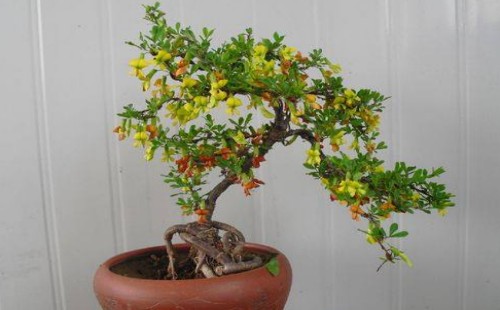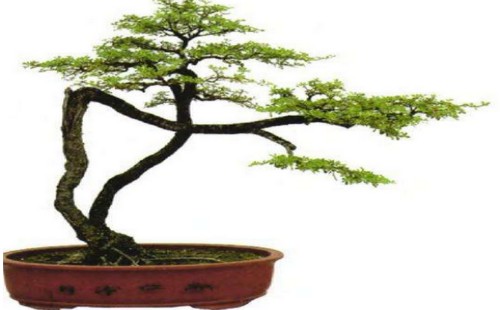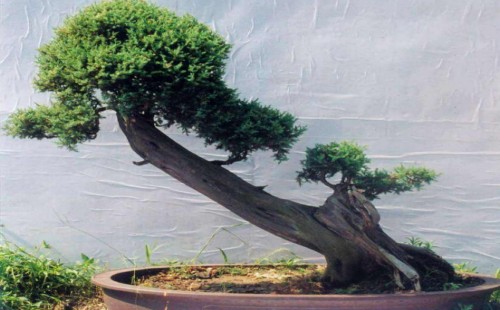How to water the canary bonsai
Canary bonsai is of high ornamental value, which is very suitable for flower appreciation, and the canary has the characteristics of drought tolerance, so the requirement for water is not very high. However, the canary is not resistant to waterlogging, too much watering can easily cause retting and rotting roots, thus affecting the normal growth of the plant. Especially at the beginning of the pot and flowering period, you should master the skills of watering. So, how to water the canary bonsai?

First of all, we have to understand that the water resistance of the canary is relatively poor, and usually watering is based on the principle of "no dry, no watering or thorough watering", that is to say, it can not be watered until the basin soil becomes dry, and it can be watered thoroughly until there is water dripping from the outlet of the basin bottom. Relatively speaking, there is a greater demand for water during the growing period and flowering stage, especially at the flowering stage, the potted soil should be kept moist to prolong the flowering period.
However, for the newly transplanted or potted canary, because the root system has not returned to normal water absorption capacity during the pot period, the demand for water is very small. Therefore, it is generally 3-5 days after the new basin can be watered once as a fixed root water, and then there is no need to water again in a short period of time, if it is too dry, it can be sprayed properly. If there is too much water supply blindly, and the water absorption capacity of its root system is too poor, it will often cause retting root phenomenon, thus increasing the risk of failure. Generally speaking, water can be supplied gradually only when the plant takes the pot smoothly and sprouts new branches and leaves.
And even the watering after taking the basin should be standardized, and the basin soil should not be too wet or stagnant for a long time, otherwise the original will also cause rotting roots. after all, the broom is drought-resistant and not water-resistant, and would rather be dry than flooded. In contrast, growing season and flowering season consume more water, so watering can be increased appropriately, especially at flowering stage. Because the flowering stage not only needs a lot of water to support flowering, but also because the florescence of the broom is also in spring and summer, the temperature in the full flowering stage is often very high, and the water evaporation is large, so watering should also be increased accordingly. However, summer watering should avoid the high temperature during the day, mostly in the morning and evening, combined with water spraying.
In addition, after each fertilization, it is necessary to water in time to dilute and dissolve the residual fertilizer, so as to avoid causing excessive local fertilizer and causing root burning. Not only that, but also need to pay attention to keep the environment ventilated and smooth after watering, especially in the flowering stage with high temperature, because the situation of damp, hot and airtight may cause poor plant growth, and may also breed diseases and insect pests. For flowering plants, the impact is often greater.
Time: 2019-06-06 Click:
- Prev

How to apply fertilizer to canary bonsai?
The canary is a kind of bonsai tree suitable for viewing flowers, which has the characteristics of light, drought and cold resistance, and it has strong germination ability and rapid growth, so we should pay attention to pruning in the process of daily maintenance and management to avoid new branches destroying the beauty of the original plant. But that's not enough.
- Next

The modeling of oblique dry bonsai
There are many shapes of bonsai trees, and the oblique dry style is one of the more common styles. The oblique dry bonsai has a sloping straight pole, the foundation is firm, and the center of gravity is tilted to one side, which looks very steep. Although the straight rod of the inclined dry bonsai is tilted, its rhizome firmly grasps the ground in the opposite direction.
Related
- Fuxing push coffee new agricultural production and marketing class: lack of small-scale processing plants
- Jujube rice field leisure farm deep ploughing Yilan for five years to create a space for organic food and play
- Nongyu Farm-A trial of organic papaya for brave women with advanced technology
- Four points for attention in the prevention and control of diseases and insect pests of edible fungi
- How to add nutrient solution to Edible Fungi
- Is there any good way to control edible fungus mites?
- Open Inoculation Technology of Edible Fungi
- Is there any clever way to use fertilizer for edible fungus in winter?
- What agents are used to kill the pathogens of edible fungi in the mushroom shed?
- Rapid drying of Edible Fungi

